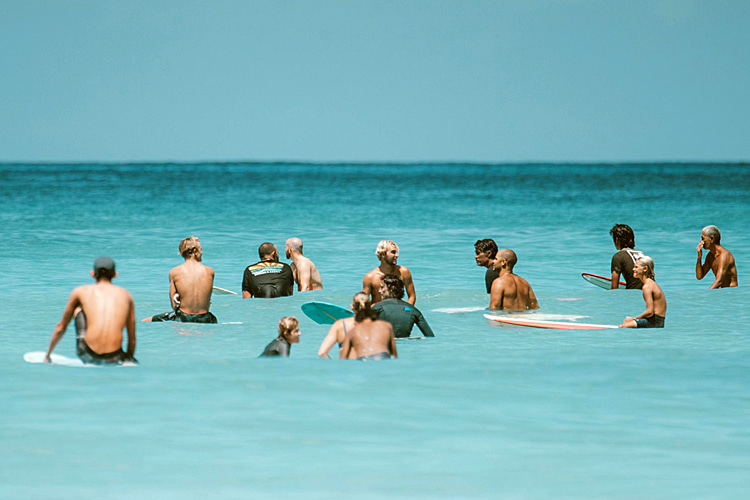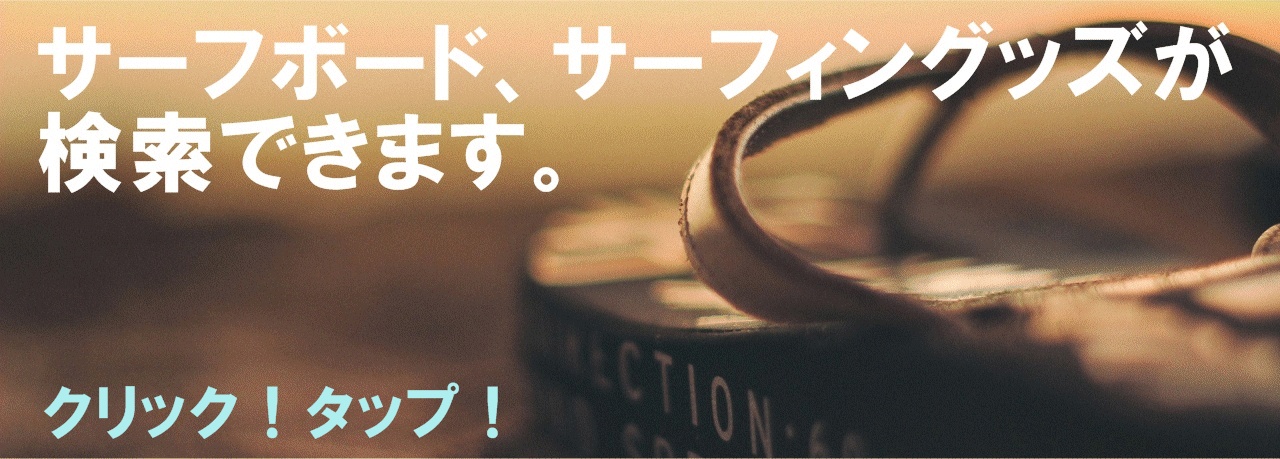Breaking the surfing lull: strategies to keep catching waves

A surfer knows how sessions vary from day to day and even from morning to afternoon. One can start all fired up and end frustrated. It’s part of the thrill.
As with any other sport, the act of surfing is not linear and depends on many factors that are not necessarily human or performance-related.
There are shifting winds, changing tides, and morphing swells interacting randomly to make each session different from minute one to minute sixty.
However, sometimes, it feels like our mood, vibe, or physical shape varies too much in a short period, especially after long lulls, i.e., long minutes between sets.
In surfing, lulls can destroy a memorable session.
Although it’s true that they can help surfers reset, rest, and take a breath after extenuating non-stop action, they can also lower stoke levels and increase anxiety and stress.
In a crowded surf break, lulls build up tension.
The lineup is waiting for 15 or 20 minutes for a decent set wave that never comes, knowing that maybe only one surfer will get to ride it.
So, many surfers often share a common feeling.
“I’ve caught several waves quickly at the beginning of the session but then faced long periods of inactivity.”

A Vicious Circle of Stress
Tactics to overcome the stressful challenge can result in even worse results.
Many surfers tend to sit too far outside or move to less crowded spots, which often results in missing good waves.
Moreover, shifts in tide levels and currents can affect peak positioning and wave dynamics, leading to lost waves.
The inability to catch waves during the lull leads to frustration, embarrassment, a negative mindset, and even anger, which only exacerbates the problem.
It’s a vicious circle of doubt and negativity.
“What have I done wrong? What am I doing here? Am I the only one not catching enough waves? Should I paddle in?”
Most surfers acknowledge that waiting for the “perfect” wave often leads to missed opportunities and probably suggest being more proactive in chasing available waves.
Observing and learning from more experienced surfers can also help improve one’s own wave-catching ability.
It’s sometimes hard, but maintaining a positive mindset and accepting incremental improvements are crucial for long-term progress and enjoyment in surfing.

Strategies and Solutions
You can try several strategies and see which fits you best in a determined session.
For instance, stay active and keep paddling. Yes, try constantly paddling and repositioning rather than waiting for the perfect wave.
Move around to different peaks and be willing to go for less-than-gem waves.
Then, take breaks to reassess the situation.
If the session is not going well, take a break on the beach or sit off to the side to observe the waves and regain a sense of rhythm.
Watch where successful surfers are catching waves and try to emulate their positioning and timing.
You can also focus on your technique by working on specific aspects of your surfing during lulls, such as take-offs, bottom turns, or foot placement, to stay engaged and improve your skills.
Use landmarks to maintain positioning and stay engaged. Watch other surfers to adjust your position accordingly through triangulation.
Lastly, avoid crowds initially and then return.
While starting in a crowded spot might help catch the initial waves, moving to a less crowded spot can lead to bobbing without catching waves.
Returning to the crowd might be necessary to catch more waves.

Mental Approaches
Stay positive is really key to success.
Try to keep that media-influenced pressure of catching the wave of your life out of your brain.
Accepting that not every wave will be ideal and enjoying the process is part of the experience.
Believe it or not, world champions also go through mediocre surf.
Another useful tip could be to end sessions on a high note by leaving after a good wave to avoid frustration from chasing “one more wave.”
It’s also relevant to be mindful of fatigue, which can set in after the first few waves and impact performance.
Regular fitness and paddling practice can help maintain stamina and harmonize sessions from start to finish.
Remember that one wave can be enough to make a session worth it – sometimes, an early gem ridden is more valuable than 20 average waves.
So, cherish it. Celebrate it. And chill. Tomorrow, there is another wave coming.
Words by Luís MP | Founder of SurferToday.com



